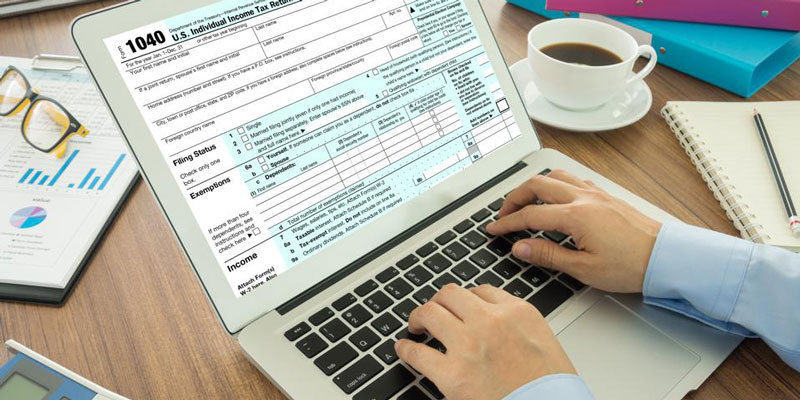Many people are baffled when reading about a stock's "par value," many people are confused. If you're talking about equity or debt, the term has a significantly different meaning.
If you want to talk about a security's face value, you're talking about the price at which it was issued or can be redeemed, also known as its par value. At maturity, a $1,000 bond, for example, can be redeemed for another $1,000.
In fixed-income products, such as bonds or preferred shares, interest payments are calculated as a percentage of the bond or select share value. Therefore, it would pay $80 in interest on an 8 percent bond, which has a $1,000 par value. A share of common stock with a par value of $1.00 is redeemable by the corporation for that amount.
The par value of common stock used to be equal to the amount of money invested in the company (as with fixed-income securities). Stocks these days are typically issued with no par value or with one of the ultra-low denominations of $0.01 per share.
No-Par-Value Stock
Inquiring minds may wonder why a corporation would offer shares with no par value. The reason corporations do this is because it lets them avoid being held liable if the stock price falls. For example, if a stock was selling at $5 per share and the stock's par value was $10. Theoretically, the corporation would have a liability of $5 per share.
It is possible to issue stock without specifying a par value in the company's incorporation documents or on the stock certificate. No-par or low-par value stock is, in fact, the most common type of stock issued today. Investors' willingness to pay on the open market determines prices for equities that don't meet expectations.
How Does Par Value Work?

The original face value, or "par," of a security is its "par value." Bonds, common stock, and preferred stock all have a par value, but calculating that value is different for each.
Par Value for Bonds
In the case of bonds, you're essentially lending money to an issuer for an agreed-upon period. Your initial investment (known as the principal) will be repaid, and you will receive a fixed rate of interest during the bond's lifetime.
The par value and the principal of a bond investment aren't always the same thing. For example, certain bonds are sold at a discount and return their par value at maturity. Put another way, the coupon rate on a bond is calculated using its fixed par value.
The market value of a bond, on the other hand, is the price you'd pay to buy the bond from someone other than the original issuer in the secondary market. As demand increases and decreases, the market value fluctuates. A bond's effective interest rate can differ from the set return rate if purchased on the secondary market.
Even if you bought more for your bond than par value, the actual interest you'd get on it would be less than the coupon. A bond's compelling interest would be more than the coupon if you paid a lower price than the bond's actual value.
You bought a new bond with a coupon of 4% from an issuer with a par value of $1,000, which is a pretty standard par value for bonds. You'd make $40 a year if you took the job. For the same bond, though, you could buy it for $1,200 on the secondary market and pay 3.33 percent interest instead of 4 percent. A smaller percentage of what you bought for your bond would still give you $40 in interest.
For Bond Investors, Par Value Is Important
Investing in bonds requires a thorough understanding of par value since bonds held to maturity only return the par value or principal, not the market value you paid for them. Because of this variance, individual bonds may be better or worse investments based on their coupon rate, maturity duration, and the price at which they may be purchased.
It is common to see the YTM rate expressed as a percentage. If the YTM of a bond is 10%, for example, you may expect your money to grow by 10% due to both the interest and par value returns.
If the YTM is higher than the coupon rate, you will gain more money by keeping the bond to maturity than if you had purchased it at face value. The opposite is true if the YTM is lower than the coupon rate. YTM can also help you determine which bonds will provide you with the highest overall return on investment.
Consider utilizing a yield-to-maturity calculator like this one if you find it difficult to calculate on your own.
Par Value for Common Stock

There is a par value attached to common stock, but it has no bearing on the trading of common stock for the average investor. It is a legal agreement that the corporation will not sell shares below a specified price, such as $0.01, using common stocks.
In states where securities must have a par value of at least a few pennies, issuing these securities is merely a clerical exercise. Founders and early investors can buy shares in firms at ultra-low par values without spending a lot of money. A joint stock's final market value has no bearing on its par price, as with bonds and preferred stock.
Apple's common stock, for example, has a par value of $0.00001 per share. In contrast, a single share of Apple stock (AAPL) was valued at $132.69 after the year.
Furthermore, the par value of the ordinary stock has no bearing on its dividend payout rate. As a general rule, dividends on common stock are paid in a fixed dollar amount for each share of stock you own. To calculate a dividend yield, many individuals divide the value of a claim by its price.
When looking for a stock's par value, look at the company's balance sheet, which may be found in the company's quarterly or annual reports.




